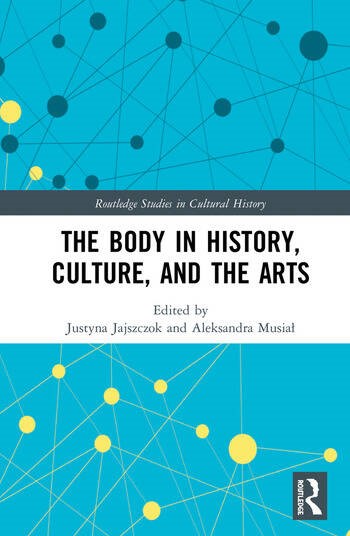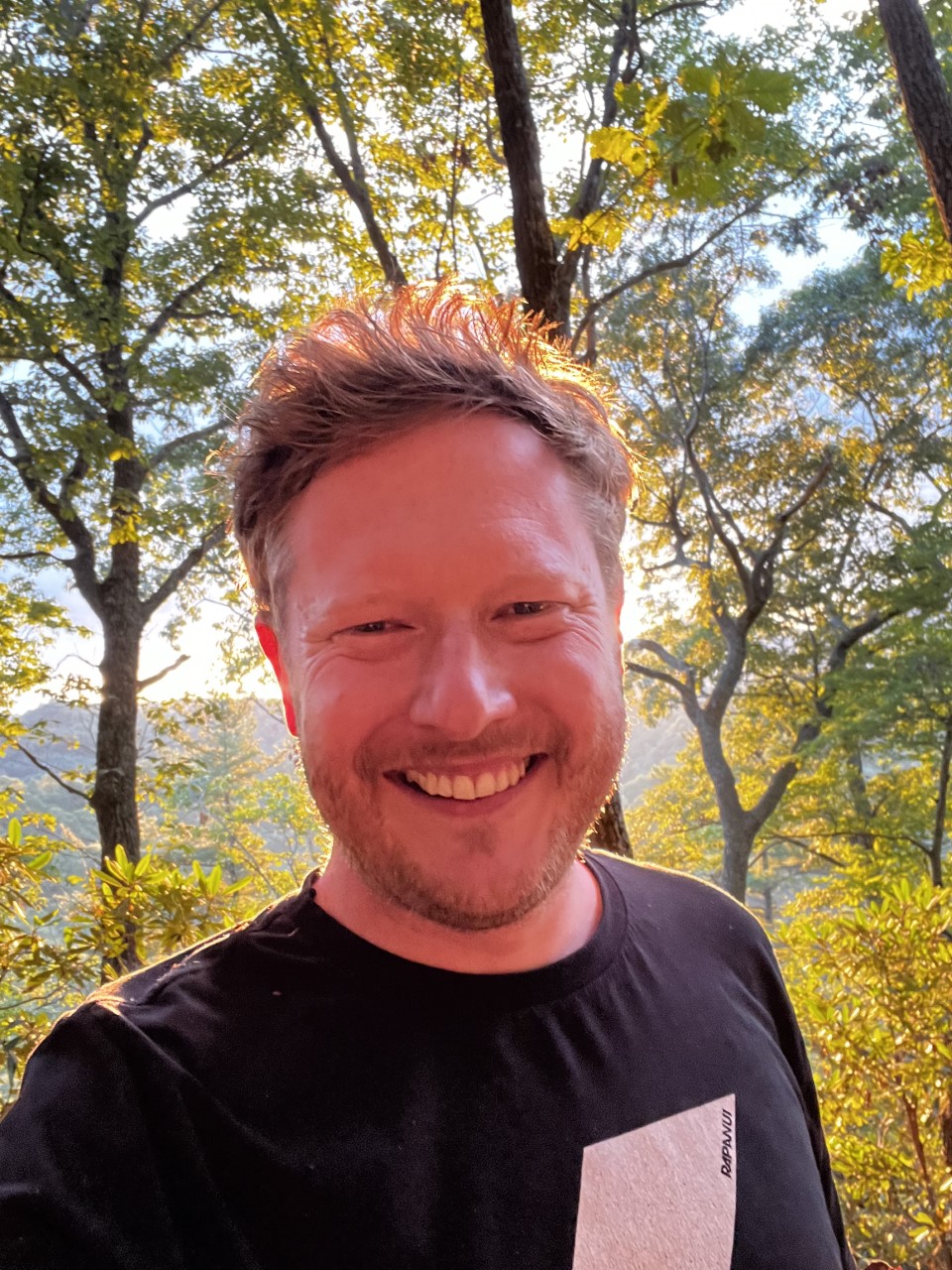This is a post in our series highlighting the units that comprise the MA Environmental Humanities, taught by members of the Centre.
Historians and the Boundaries of the Body is an optional course on our MA Environmental Humanities and provides environmental humanities students with an opportunity to think critically about bodies that have been historically situated as apart from and a part of different natures.
‘Normal people’ with their ‘normal bodies’ seem to be everywhere. But notions of what is ‘normal’ and what is not have always been in flux. In truth, ‘normal’ is a category, an idea, a fantasy about human identity that has a complex history that runs parallel to the idea of abnormality. Indeed shifting categories and classifications of the body have sat at the core of many of the major historiographical developments of the past half century or so. Not least, medical and feminist historians have devoted significant attention to issues around gender and sexuality. Meanwhile, environmental historians have had to engage with this scholarship to better understand the relations between bodies and environments that have emerged across time and place.

In this unit, we explore these developments across a range of key contexts in which identities have been created, imposed, tested, and resisted, and where lives have often been at stake. We consider categories of natural and unnatural, human, nonhuman, and not-quite-human, as well as abled, disabled, freak and monster. We engage with racialised categories and classifications, and interrogate the unstable and contested lines between male and female bodies, as well as the politically loaded, culturally contingent distinctions that have been drawn between supposedly normal and abnormal sexualities. The unit ranges widely across these bodily contexts, exploring how historians have worked with and challenged the boundaries of the body.
The unit aims to help students identify and analyse recent historiographical debates and longer-term developments in historians’ treatment of the human body, and judge the extent to which this field has been influenced by shifting sociopolitical contexts, other disciplines, and other historical specialisms. Through seminars discussing key texts we assess how new methodologies, sources, and concepts have transformed the writing of histories of the human body and its relations with the wider world
We spoke to the unit convenor, Dr Andy Flack about what he is looking forward to when teaching Historians and the Boundaries of the Body:

What excites you most about this unit?
This unit is not your typical environmental humanities unit. Taking a wide perspective it encourages students to consider the complex relationships between diverse bodies, environments and historical and geographical contexts. At its heart, the premise is that historians need to understand the histories of bodies themselves if they are to make sense of the past. The way the unit ranges so broadly across contexts – from witchcraft to enslavement and from disease to disability – offers students an exciting means of deepening their appreciation of the human construct at the heart of the environmental humanities.
How does this unit speak to your research?
The unit stems directly from several strands of my research. Not least, my scholarship to-date has in large part engaged with changing ways of imagining what it means and has meant to be ‘human’, especially in relation to nonhuman animals. My work on the histories of human-animal relations was has often been concerned with the muddy and confusing borderlands separating ‘human’ from ‘animal’. In addition, my recent research is interested in non-normative bodies, the construction of monstrosity, and the history of an idea of normalcy across human and more-than-human contexts. My teaching on the unit reflects this in its focus on notions of ability, histories of evolutionary thinking and the rise and consequences of eugenicist ideologies.
If you were recommending one thing to read, watch, listen to or do ahead of studying this course, what would it be?
Discourses about what a body is supposed to be and do are everywhere we look. Most of what you pick up to read, or choose to watch, will reflect those cultural constructs. Instead of reading or watching anything, I encourage you to go for a walk. Anywhere will do. Reflect on the ways in which your body fits – or doesn’t – with the world and think about what that tells you about the material realities of the relationships between body and wider world, and the ways in which culture impacts on how we understand our own – and others’ – bodies and experiences.
Historians and the Boundaries of the Body is a core course on our new MA in Environmental Humanities. You can find out more about the programme here.

